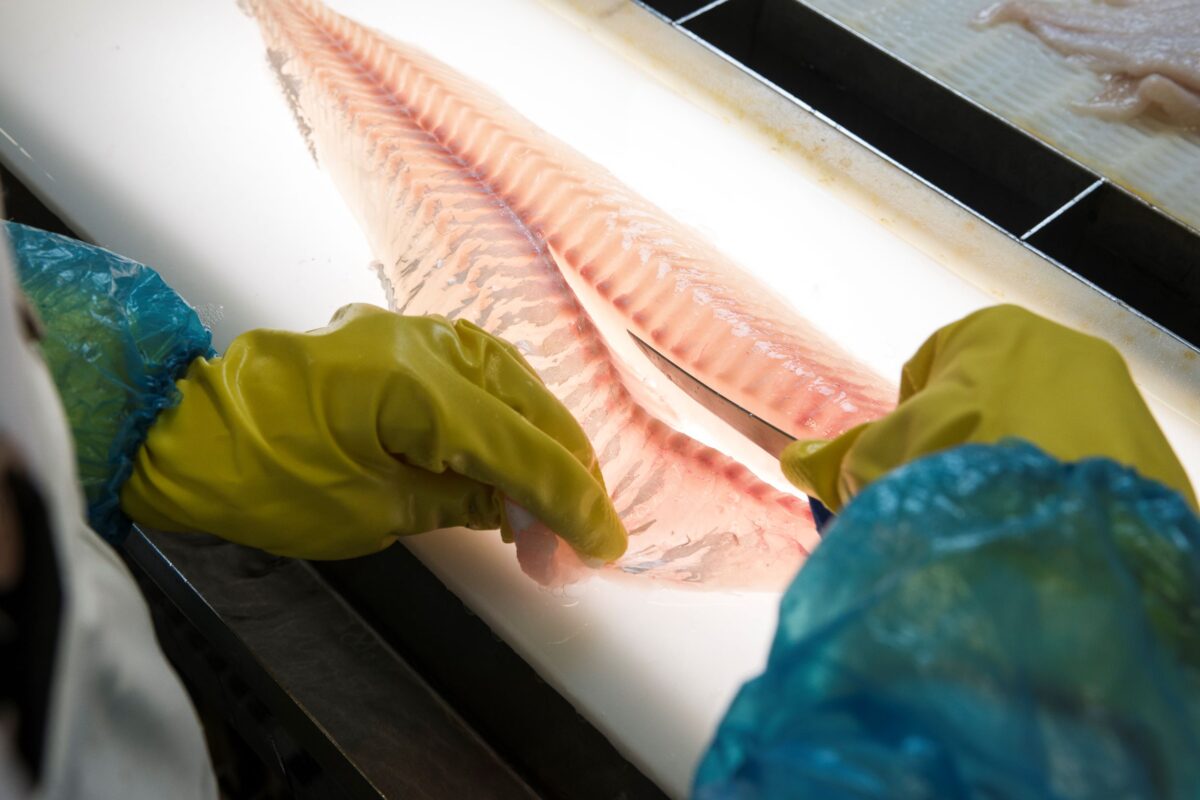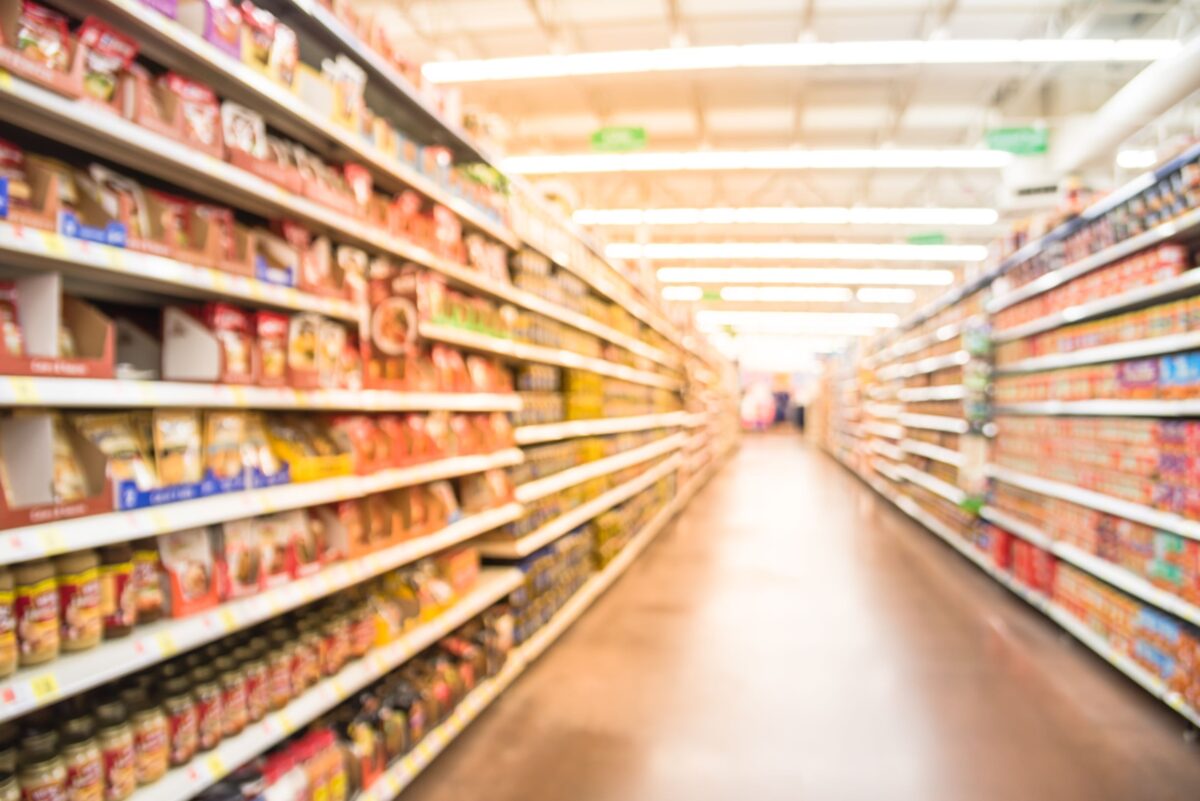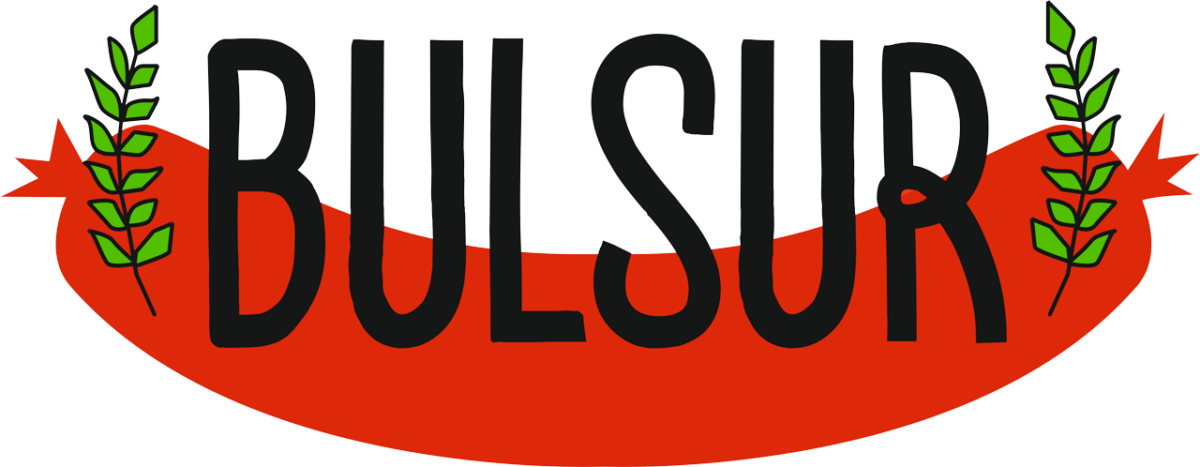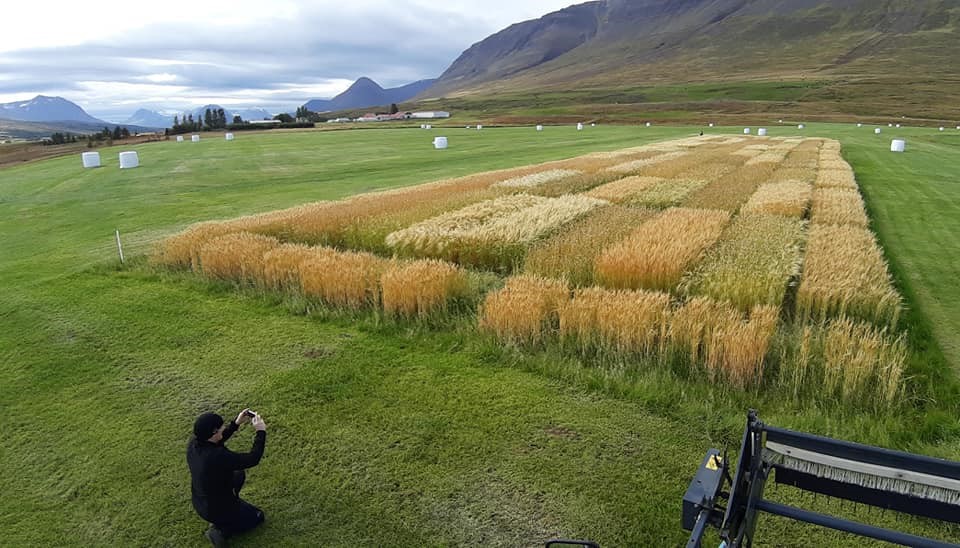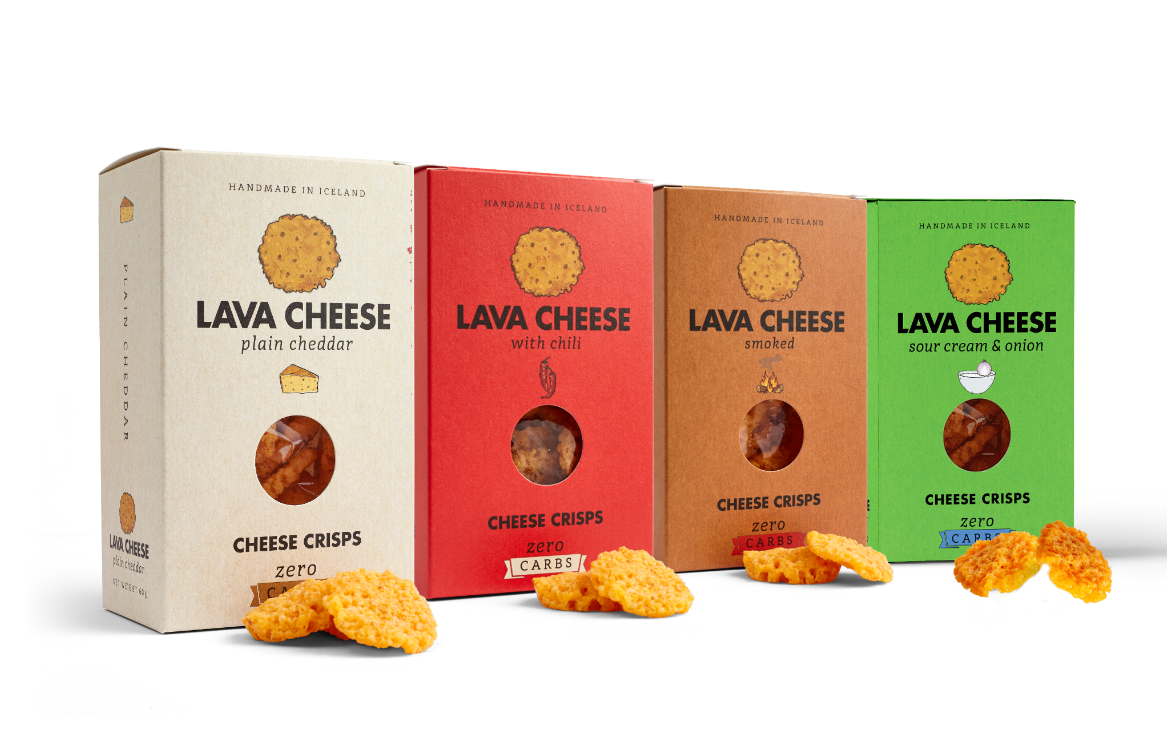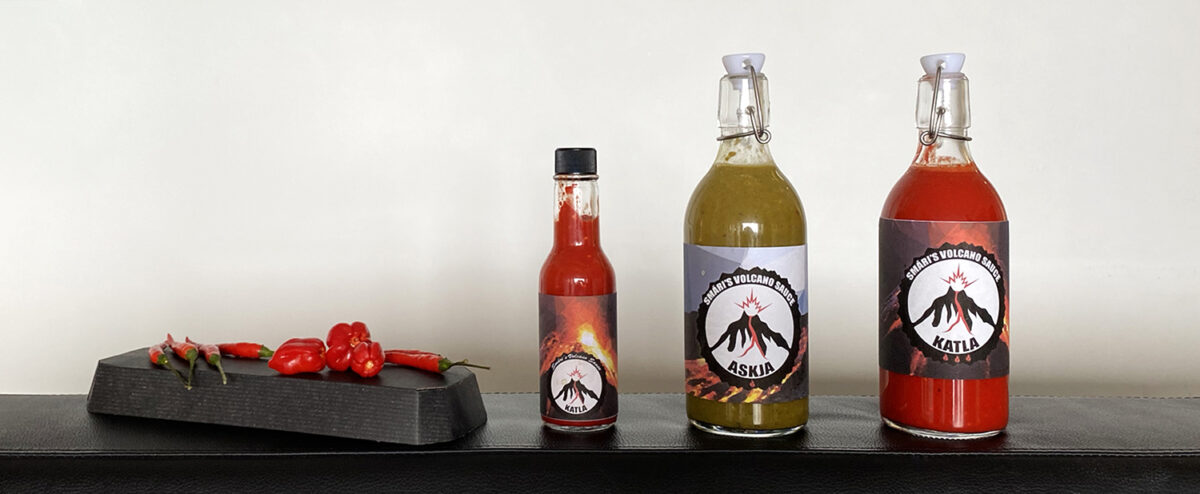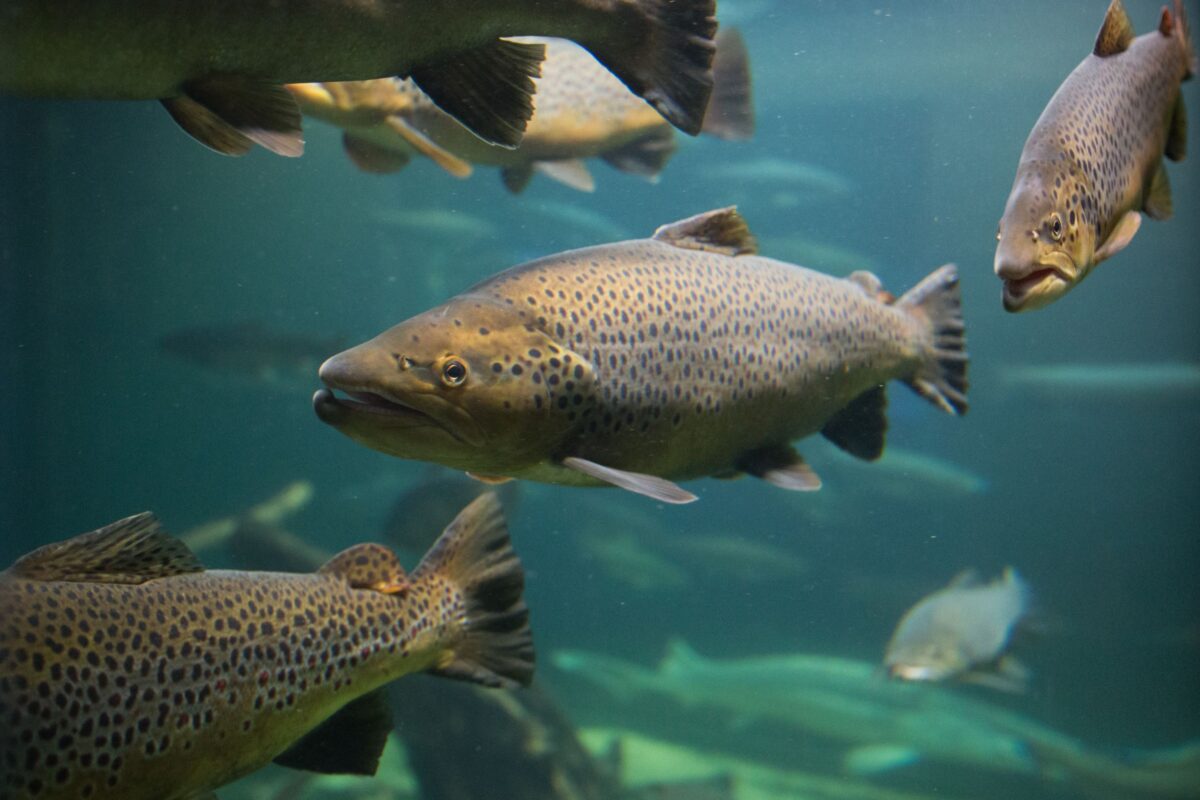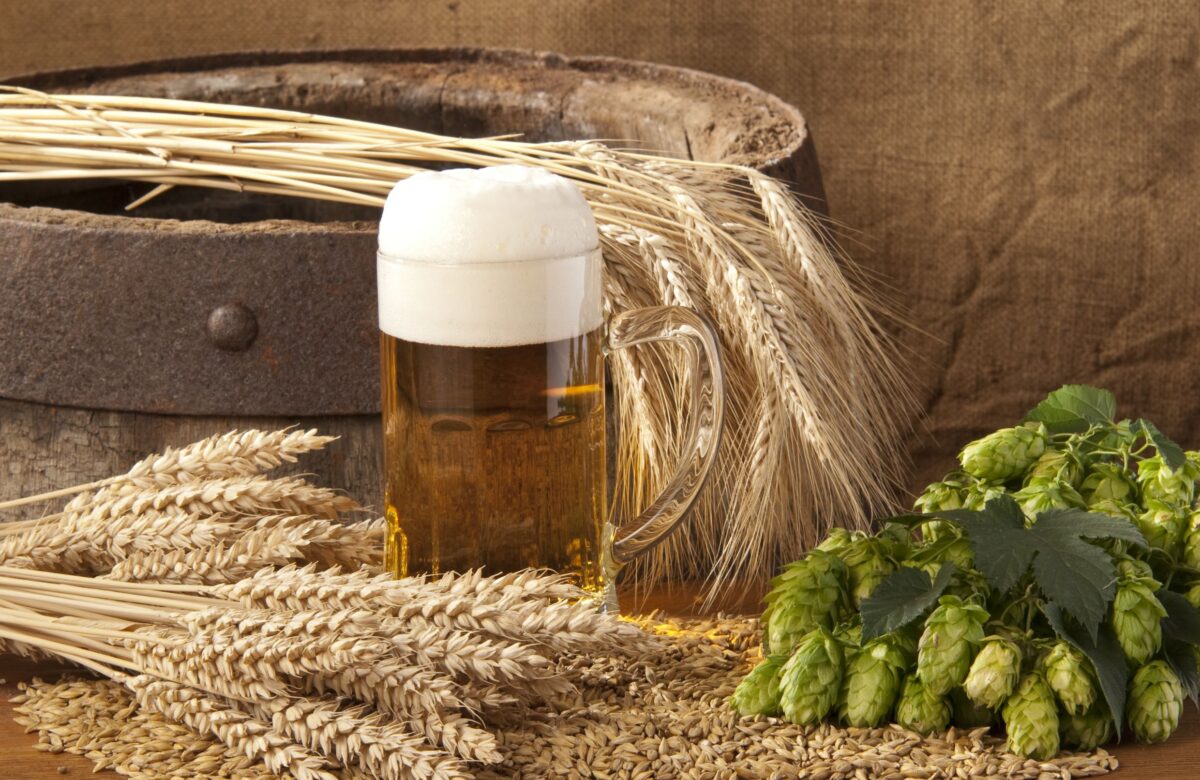Seafood fraud is a huge problem worldwide, but it is estimated that about a third of all fish sold is served under a false flag. Species fraud is most common there, as cheaper species are sold as more expensive. For example, cod is often replaced by other cheaper whitefish in order to increase the profits of producers, distributors, retailers or restaurants, at the same time as consumers are deceived. Furthermore, thawed fish is commonly sold fresh.
Until now, genetic methods have been used to investigate and combat suspected species fraud. However, this method of analysis is both time consuming and costly. Therefore, there is a great need for rapid methods of species analysis to detect species fraud in a quick and cost-effective manner. This is especially important for products with a short lifespan, such as fresh fish.
REIMS is a research and innovation project funded by the European competition fund EIT Food and Matís is a participant in it. There is currently research on whether a method called REIMS, but it stands for Rapid evaporative ionization mass spectrometery, useful in distinguishing fish species from each other quickly and safely. This method involves taking a sample and applying an electric current to it, which burns a gas that passes through a mass analyzer that differentiates the type of sample. It is also being examined whether the REIMS method can be used to analyze whether fish has been frozen and thawed for sale. The project is led by Queens University in Belfast in Northern Ireland and other partners in the project are the olive oil producer Acesur in Spain and the Belgian food chain Colryut, but the technology is also coming out well in analyzing the quality of olive oil.
It has been found that with REIMS it is possible to easily distinguish cod from other whitefish species, but experiments have been performed on cod, haddock, saithe, ling and baitfish (tilapia and pangasius). A four-week experiment was also performed on cod stored in a freezer at -20 ° C and it was found that it could be distinguished from fresh cod by the REIMS method. In addition, cod that had been thawed after double freezing was compared with cod that had been frozen once and there was a clear difference in the results with the method.
It is clear that this technology gives good results in detecting type fraud and whether products have been frozen and thawed for sale without being specified. Work on the project will continue next year, examining where and how the technology will be used in value analysis in the value chain to prevent species fraud and ensure product traceability and value chain transparency.
Further information is provided by Sæmundur Sveinsson at Matís, in addition to which a presentation of the REIMS technology can be found here:


